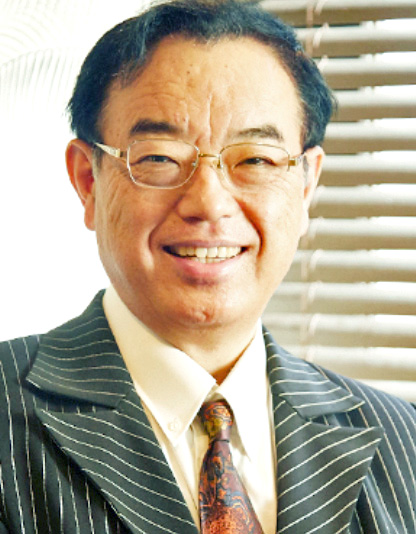Welcome Message
Welcome Message from Congress president, 7th WCMISST
We are going to host the 7th WCMISST (World Congress of Minimally Invasive Spine Surgery & Techniques) and hold this congress as MIS SPINE Week 2020, which is a joint meeting with 23th JASMISS and 29th IITS conferences, at the Portopia Hotel in Kobe from September 24 to 26, when the excitement of the 2020 Tokyo Olympics and Paralympics Games will not have ceased.
The first meeting of this congress was held in 2008 in Hawaii hosted by Dr. SH Lee, and meetings have been held every other year since then, with this meeting being the seventh one. At that time, the indication for MIS was intervertebral disc herniation, whereas its indication has gradually expanded as far as to lumbar spinal canal stenosis these days. In recent years, minimally invasive surgery using endoscopes has made remarkable progress along with the development of optical technology. Beginning with laparoscopic surgery in the 1990s, we have witnessed remarkable progresses, such as thoracoscopy, tubular surgery with assistant of endoscopy in 1997, and full endoscopic spine surgery in the 2000s. I am very pleased to be able to host this meeting in the middle of such revolutionary changes.
The theme of this meeting is “collaboration”. Not to mention, the collaborations with the people in different fields are necessary. In particular, we chose a subtheme, “the extremity of medicine and mechanic collaboration,” for medical-engineering collaboration. It began with the cystoscope developed by Leiter, who is an optical technician, and Nitze, who is a urologist, in Germany. In Japan, we have a history of the development of arthroscope by Mr. Fukuyo and Dr. Watanabe. With these historical backgrounds, we expected the development of AI technology and robotic surgery by means of medical-engineering collaborations.
I hope that the meeting will be a successful one with many participants.

Akira Dezawa, MD and PhD
Congress president, 7th WCMISST
Visiting professor Teikyo University
Kawasaki, Japan
Welcome Message from Congress president, 29th IITS
It is my great honor to hold the 29th International Intradiscal Therapy Society (IITS) in Kobe, Japan.
This time, IITS is co-organized with 23rd JASMISS and 7th WCMISST as the MIS Spine Week 2020 in Japan. Intradiscal therapy was historically recognized as enzyme digestion of the disc tissue with chymopapain. Recently, we had another enzyme as chondroitinase ABC, and the therapy is becoming popular in Japan. As the surgical intradiscal therapy, the radio pulse thermal annuloplasty under the full-endoscopic guidance through the transforaminal route for the chronic discogenic back pain is available. This procedure is outstandingly minimally invasive as compared to the other traditional surgeries. I, as a minimally invasive full-endoscopic surgeon, am feeling that the intradiscal therapy is evolving day by day. Any people, especially elderly patients with poor general condition, would be seeking minimally invasive treatment. I am sure that the minimally invasive surgery should be the gold standard for the low back pain treatment, in the near future. I hope all attendees can discuss the future intradiscal therapy with specialists from all over the world.
Please attend the MIS Spine Week 2020 in Kobe, Japan.

Koichi Sairyo, MD and PhD
Congress president, 29th IITS
Professor and Chairman, Tokushima University
Tokushima, Japan

